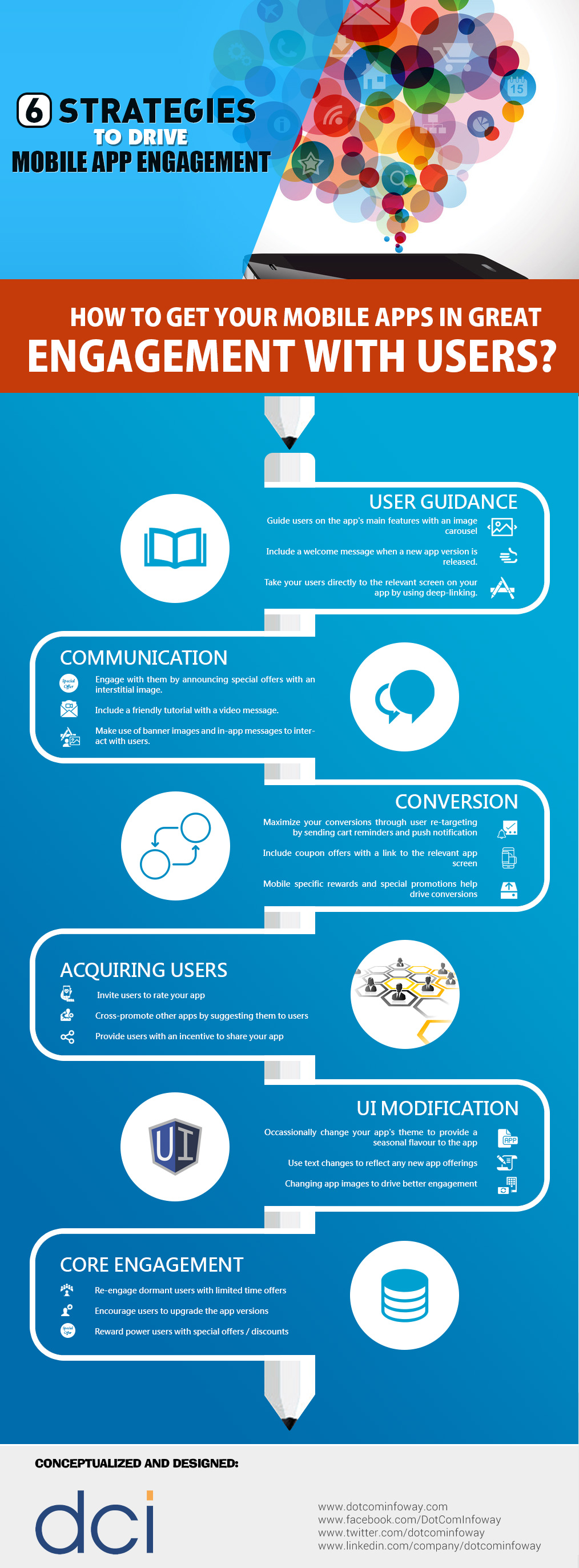A study published by Localytics found that in 2015, 25% of users stopped using an app after just one use. This showed that the retention rate was much lower than expected. In 2016, the abandonment rate fell to 23%, showing a small improvement from the previous year. However, this still meant that one in four users continued to stop using the app after their first try.
Data on user retention and abandonment rates are key factors in an app’s success with its users. User retention refers to the percentage of users who open an app more than eleven times. This rate shows how interested users are in the app, which in turn reflects the app’s success in marketing and user engagement. A higher retention rate means the app attracts more loyal users.
User abandonment rate is the percentage of users who abandon the app after a single use. The abandonment rates are indicative of a user’s initial interest. Therefore, the abandonment rate is a determinant of a success in app marketing, but a failure in app engagement.
In the study posted by Localytics, the user retention was 34% in 2015. There was an improvement in 2016, when it reached 38%. But the app abandonment rates are still considered too high when you consider the fact that in 2014, only 20% of the users abandoned an app. Businesses will still need to work on effective user engagement strategies in order to keep their retention numbers high. The number of downloads isn’t a clear indicator of the app’s success, the retention is.
To improve the retention rate, businesses need to come up with creative means to capture a user’s loyalty to the app. App marketing is essential, but app engagement needs to be a primary factor in one’s mobile app strategy in order to keep their app going. In the infographic below, designed by Dot Com Infoway, presents 6 strategies on how app developers can drive mobile app engagement.
